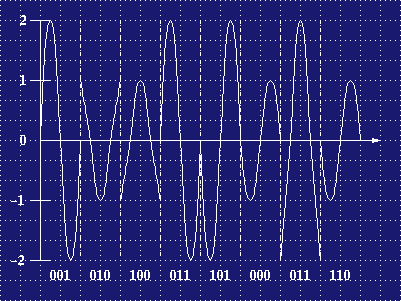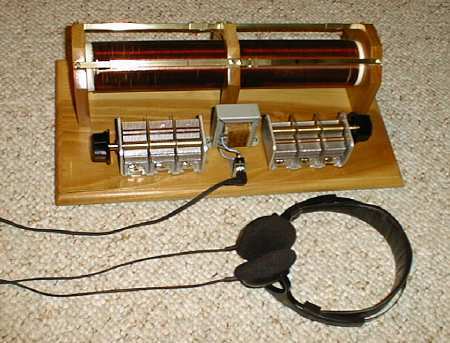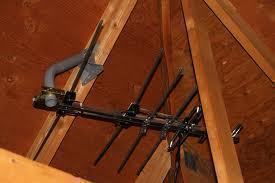Quadrature Amplitude Modulation (QAM) is a complicated name for a simple technique. In the simplest of terms, Quadrature amplitude modulation is the combination of amplitude modulation and phase shift keying. More technically, quadrature amplitude modulation is a system of modulation in which data is transferred by modulating the amplitude of two separate carrier waves, mostly sinusoidal, which are out of phase by 90 degrees (sine and cosine). Due to their phase difference, they are called quadrature carriers.
Unmodulated signals exhibit only two positions enabling a transfer of either a 0 or 1. In quadrature amplitude modulation, it is possible to transfer more bits per position as there are multiple points of transfer. In quadrature amplitude modulation, a signal obtained by summing the amplitude and phase modulation of a carrier signal (a modulated sine and cosine wave or quadrature waves) is used for the data transfer. As the number of transfer points remains high, it is possible to convey more bits per every position change.
The possible states of a particular configuration can be best denoted using a constellation diagram. In a constellation diagram, constellation points are arranged in a square grid with equal horizontal and vertical spacing (other configurations are possible as well). In digital communication, as data is binary, it follows that the number of points in the grid usually will be a function of the power of 2 (2, 4, 8, etc). As the quadrature amplitude modulation is usually square, some of these may be missing or atypical. The most common ones are 16-QAM, 64-QAM, 128-QAM and 256-QAM.

Even if it's possible to transfer more bits per symbol with higher order constellations, theoretically, an inherent technical problem may exist. In order to maintain the mean energy of a higher order constellation at the same level, it is imperative that the constellation points remain close to each other. However, such a configuration brings with it additional chances of noise and additional corruption. In practical application, higher order QAM delivers more data, but delivers it less reliably (that is, with a higher bit error rate) than the lower order QAM.
Incidentally, rectangular quadrature amplitude modulations are preferred to non-rectangular quadrature amplitude modulations as the former is easier to modulate and demodulate.
Applications of Quadrature Amplitude Modulation
64-QAM and 256-QAM are often used in cable modem and digital cable television applications. In fact, 64-QAM and 256-QAM are the mandated modulation directives for digital cable television, as laid down by SCTE in the standard ANSI/SCTE 07 2000. In the UK, 16-QAM and 64-QAM are also presently used in digital terrestrial television.
QAM vs. PM and PSK
Phase modulation and phase shift keying can be regarded as special cases of quadrature amplitude modulation where the amplitude of the modulating signal is constant and the phase only changing. The same theory can further be extended to frequency shift keying and frequency modulation. Both are special cases of phase modulation.




cableman
what is J.83A annex A?
salman
dear sir,
i want to some modulating circuits please send me some more circuits. who,s help me in my test and my creativity.
Mansoor khan
TOO GOOD